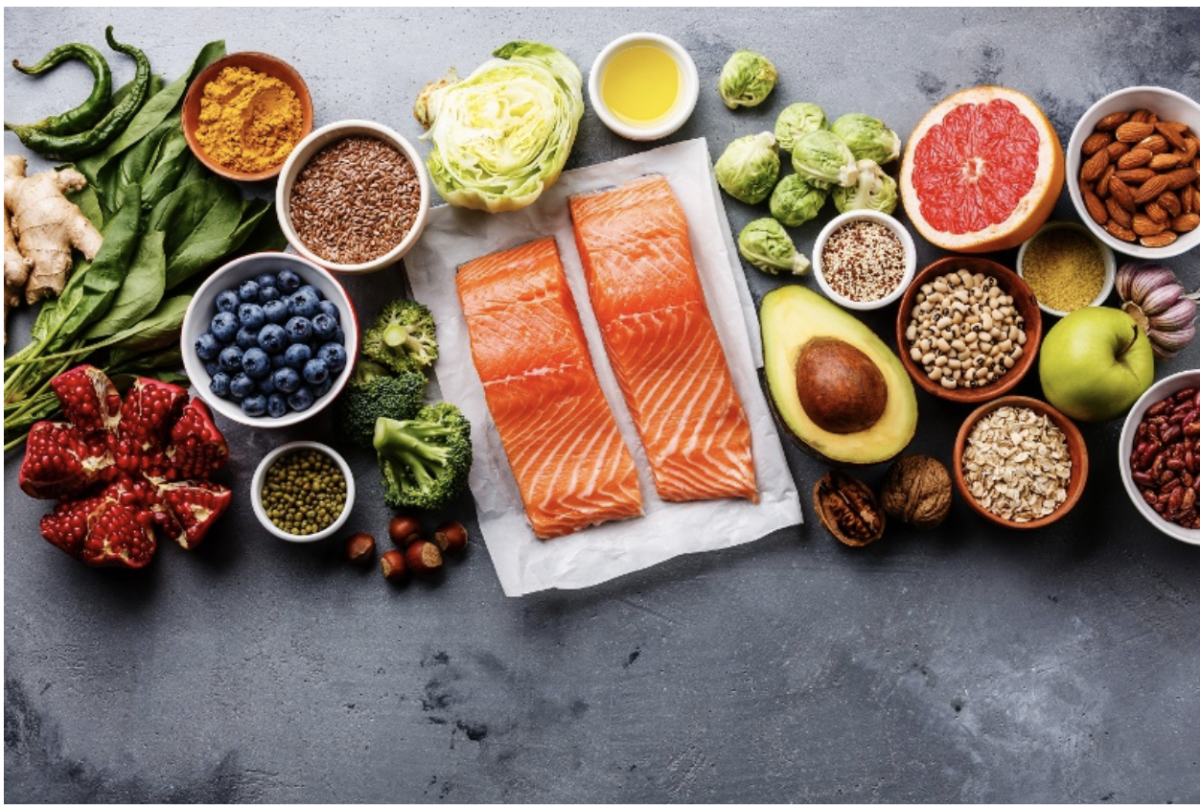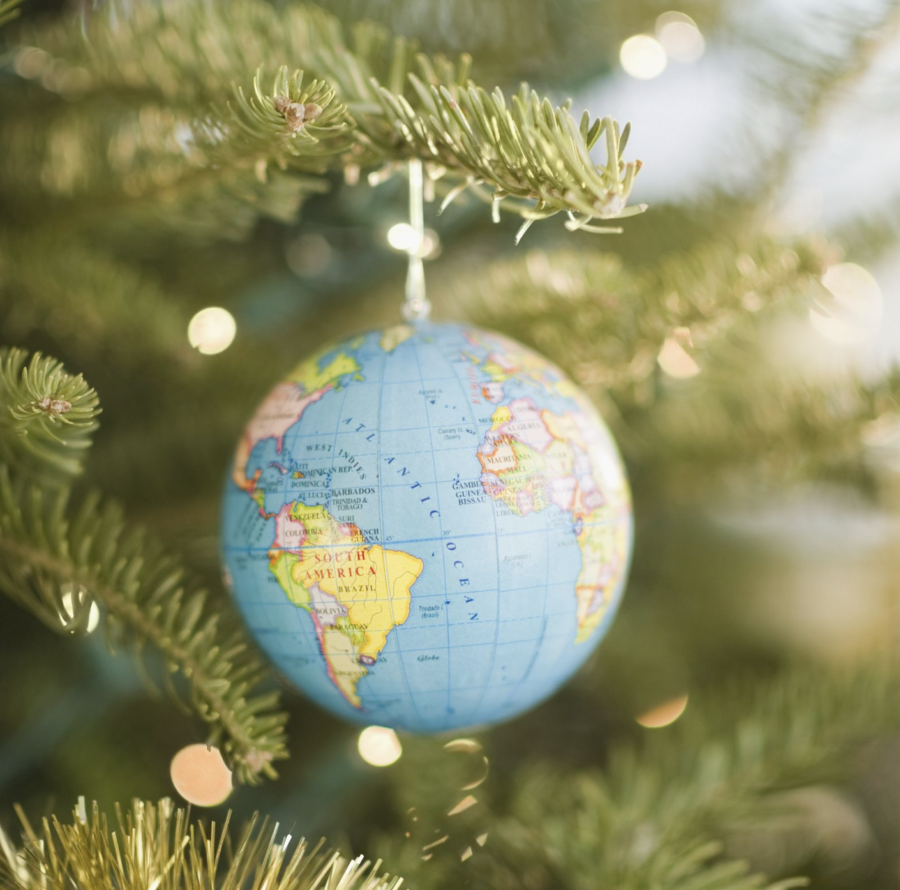How Christmas Harms the Planet (and Ways to Stop it)
Consumers can reduce their environmental impact by making Earth-conscious decisions
December 30, 2022
Globally, excess waste derived from packaging, wrapping paper, and food increases 20% during the holiday season (Biffa).
Every time you receive a gift, consider the process behind it. Aside from the gift itself, waste and emissions are behind the production. From there, wrapping paper and delivery can contribute to your carbon footprint as well.
Christmas cards, decorations, wrapping paper, holiday meals, and gifts contribute to waste and emissions. Luckily, there are ways to reduce our environmental impact around the holidays.
“Every year I keep shirt boxes and sweatshirt boxes to reuse for birthdays or Christmas,” says Jennifer Pilkenton (S), an AP and college prep Environmental Science teacher. She expands on the sustainability of wrapping paper, saying “If the paper is shiny or has a coating on it, it isn’t recyclable, only matte paper could be put to recycle.”
While recycling and repurposing are beneficial around the holidays, consumers should also consider sustainability outside their purchases. For example, “during holiday parties a lot of people use plastic utensils or plates, but using paper or washing dishes would be a better option” as plastic ends up in landfills or in our ocean (Pilkenton).
Furthermore, consumers can make environmentally conscious decisions around purchasing decorations, Christmas lights, and gifts in general.
Christmas lights tend to run for ten hours daily, which is enough CO2 to fill five party balloons (Commercial Waste). In terms of decoration a tree, families can also use less lights and more ribbons or tinsel to create a similar aesthetic. Many companies, like Amazon and Target, sell solar powered Christmas lights. This is cheaper because they don’t use electricity and they reduce emissions.
Both companies also sell recyclable wrapping paper that is either the same price as regular wrapping paper or one to two dollars more. This paper is just as decorative and much more sustainable.
There are many debates surrounding whether artificial or real trees are more beneficial for the environment. On one hand, artificial trees can be reused for many years, but “have a carbon footprint of around 40 kg of greenhouse gas emissions, and the main material in artificial trees is plastic; they contribute to the plastic pollution problem worldwide” (Commercial Waste). Real Christmas trees may be better for the environment as the planting and production of them don’t harm the environment.
During the holiday season, it’s customary to look forward to gift-giving, holiday parties, Christmas trees, and beautiful lights. However, it isn’t often when one considers the environmental impact of our holiday celebrations.
One could also give sustainable products as gifts like reusable water bottles or Hydroflasks, silicone sandwich bags, sustainable skin care or bath products, and sustainable clothing.
Overall, Christmas is extremely harmful to our planet. But, that doesn’t mean consumers can’t make sustainable decisions to reduce their carbon footprint and have an environmentally-conscious Christmas.





































